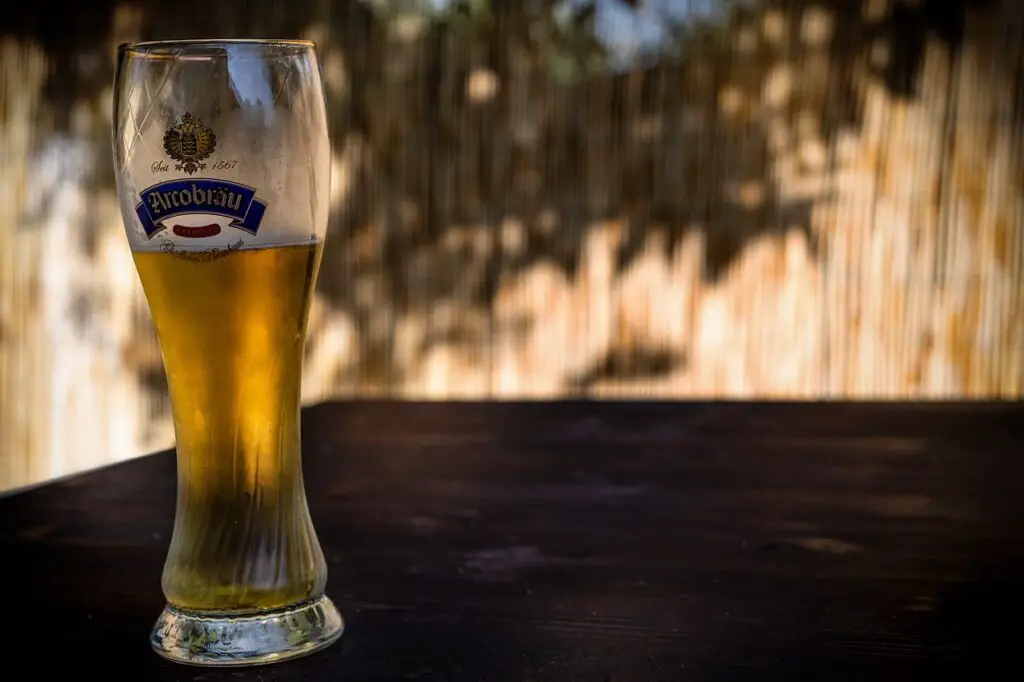Have you ever wondered how long it takes for yeast to activate in beer? The answer may surprise you. Yeast is a key ingredient in beer, and it is responsible for the fermentation process.
Yeast is a living organism, and it needs time to wake up and start doing its job.
Various factors like the type of yeast used, the temperature, and the quantity of sugar present, etc can affect how long it takes for yeast to activate.
In this blog post, we will not only explore how long it takes for yeast to activate in beer but also discuss the factors that can influence activation time.
Through this article, you will learn more about the function of yeast and how it impacts the brewing process.
Factors affecting fermentation
When it comes to brewing beer, there are a few key ingredients that are needed in order to get the process started. One of those key ingredients is yeast.
Without yeast, beer cannot ferment and carbonate, which is necessary to enjoy the finished product. So, how long does it take for yeast to activate in beer?
The answer to that question can vary depending on a few different factors.
- The kind of yeast strain that is being utilized is the first and most important factor. Each strain serves a particular function, and for a number of them, that function may be to initiate fermentation relatively fast than others. Similarly, slow fermentation is maintained by some yeast strains.
- Liquid yeast and Active dry yeast are the two yeast types that are being used in the brewing of beer. Active dry yeast typically takes a bit longer to become active than liquid yeast does.
- Another factor that can affect how long it takes for yeast to become active is the temperature of the wort (the unfermented mixture of water, malt, and hops that will eventually become beer).
- Yeast is most active at warmer temperatures, so if the wort is too cold, it can take longer for the yeast to become active.
Generally speaking, it takes about 24-48 hours for the yeast to become active and start fermenting the wort.
However, in the brewing process of beer, there’s always some variability involved so it’s possible that it could take a bit longer or a bit less time depending on the specific circumstances.
The Fermentation Process
The fermentation process is the key to making beer. It is the process that turns the sugars in the wort into alcohol and carbon dioxide. The yeast eats the sugars and releases carbon dioxide and alcohol.
It takes roughly two weeks for the fermentation process to complete.
All the sugars within the wort will be consumed by the yeast and then begin to die off. The beer will then start to clear as the yeast settles to the bottom of the fermenter.
Once the beer has cleared, it is time to bottle or keg it. If you are bottling, you will need to add a small amount of sugar to each bottle before capping it.
This sugar will carbonate your beer in the bottle. If you are kegging, you will need to force carbonate your beer.
That’s it! You’ve now made your own beer!
Yeast quality
Efficient fermentation depends on the active healthy yeast strain used. The specific yeast strain affects the fermentation’s outcome in a number of ways, including how well it can metabolize the wort’s ingredients to generate alcohol and unique flavor qualities, as well as how well it can withstand its own metabolic byproducts, most particularly alcohol, and any unique aggregation (flocculation) or other characteristics that the yeast strain may typically display.
Speeding up the fermentation process
If you’re patient and don’t mind waiting a little longer for your beer to ferment, there are a few things you can do to help speed up the process.
- First, make sure your wort is well-aerated before pitching the yeast. This will help the yeast thrive and start fermenting sooner. Although oxygen isn’t necessary for yeast to grow, adding some to the batch promotes biosynthesis, which makes the yeast grow quicker and healthier. This process is called Aeration.
- Secondly, pitch a larger amount of yeast than usual. This will give the yeast a better chance of taking hold and getting fermentation going quickly. Increasing the yeast-to-sugar ratio will speed up the consumption of all available sugar by yeast. Conversely, under-pitching your yeast will cause fermentation to be slowed.
Once fermentation starts, it usually takes about 2-3 weeks for the beer to fully finish fermenting and be ready to drink.
However, if you’re using a high-gravity strain or brewing a strong beer, it may take longer for fermentation to complete.
In general, the higher the alcohol content of your beer, the longer it will take for fermentation to finish.
So there you have it! With a little planning and patience, you can brew great beer that’s ready to drink in just a few weeks.
Risks of early bottling
Both the flavor and the amount of alcohol in a beer are impacted by fermentation. The majority of brews need a timeframe of both primary and secondary fermentation.
Don’t ever bottle beer before the fermentation process is finished to avoid getting a super flat beer containing little to no carbonation.
Your yeast can complete the task and sweep up the messes during the conditioning stage of fermentation. Yeast causes unwanted byproducts during the first fermentation.
They focus on reabsorbing some of these generated off-flavors when this process is finished. This procedure can be hampered or even stopped by premature racking.
If you take the beer out of the yeast substrate too soon during this stage, you could end up with not so fine tasting end product.
